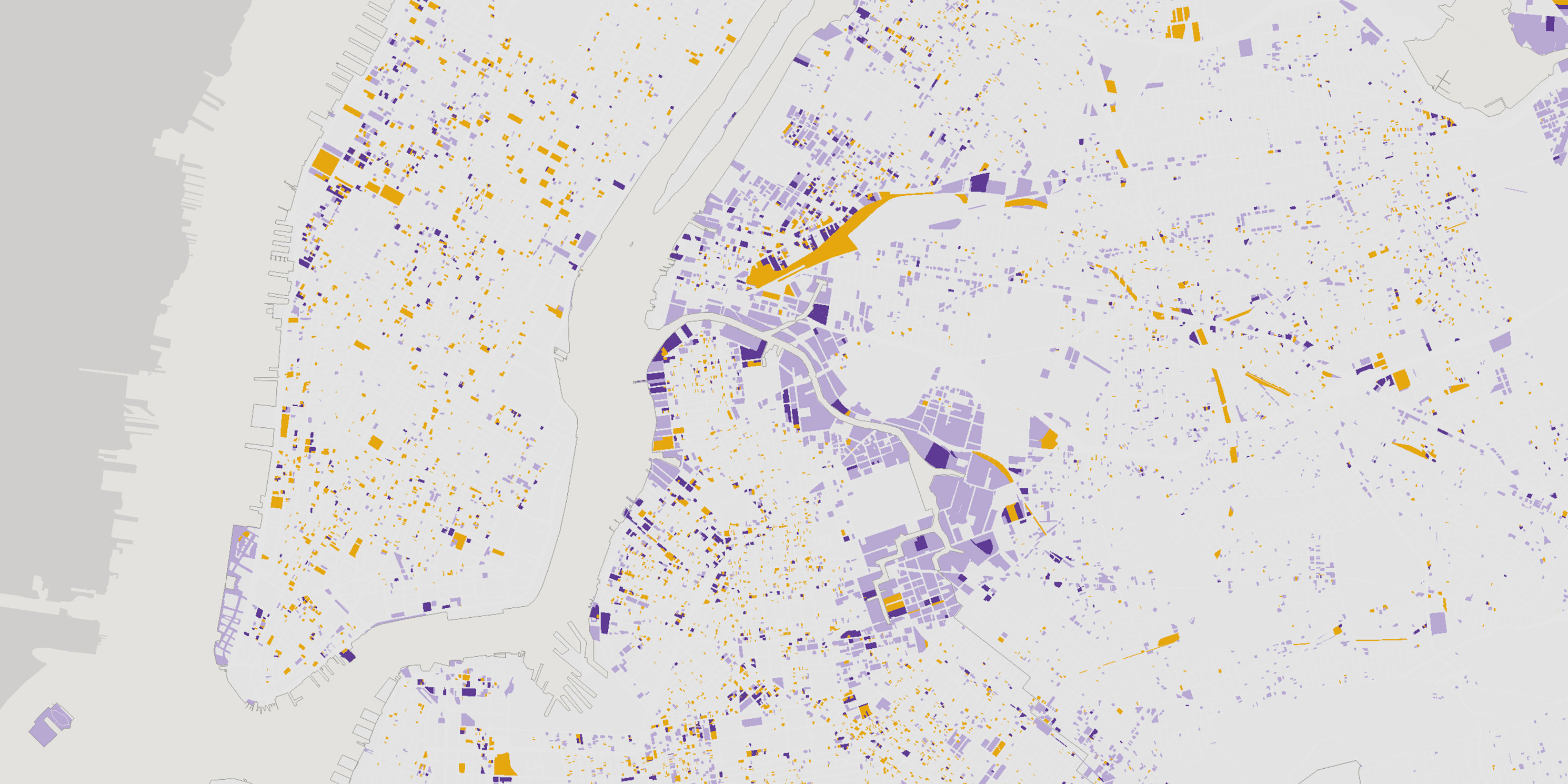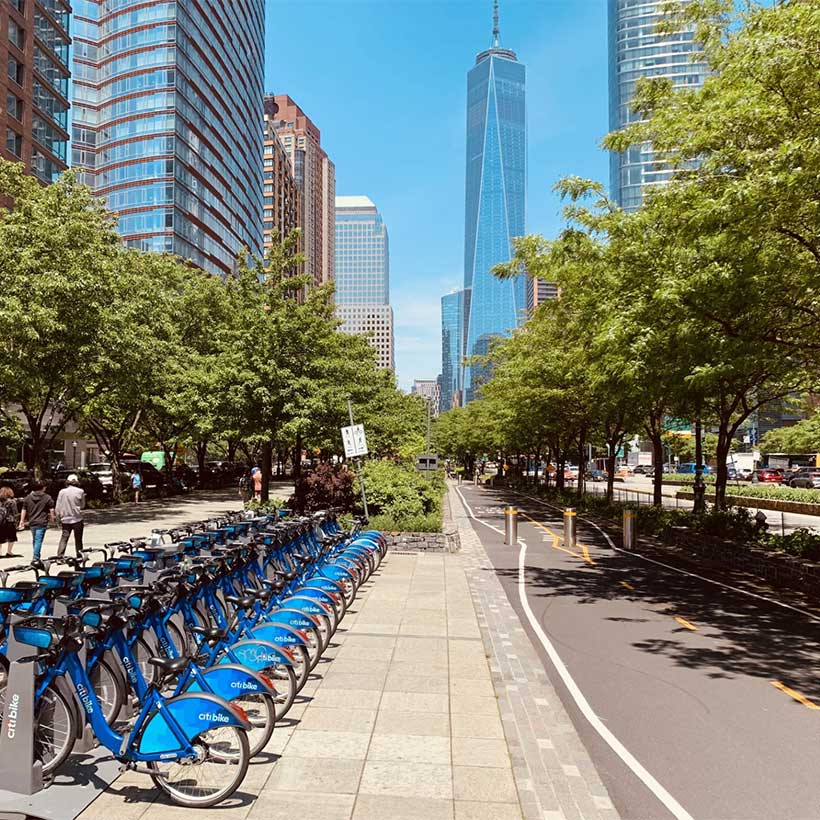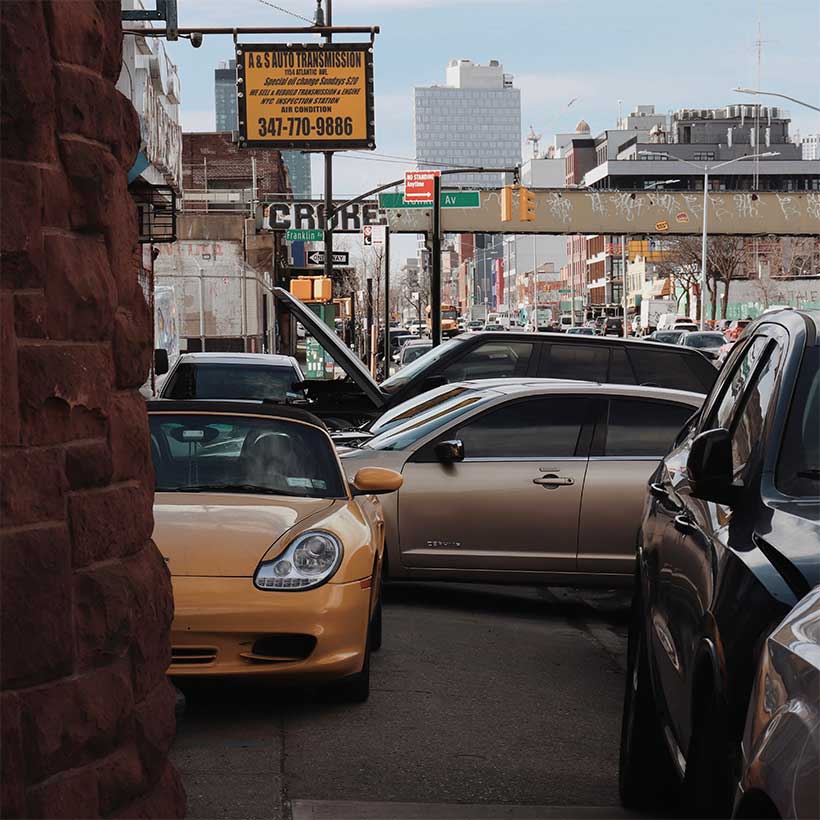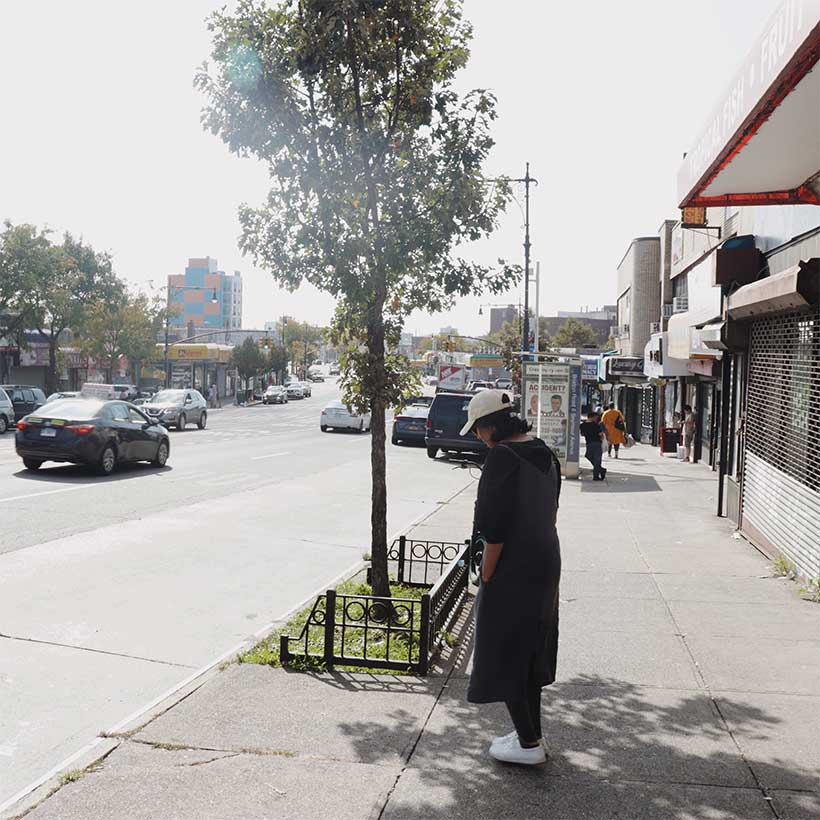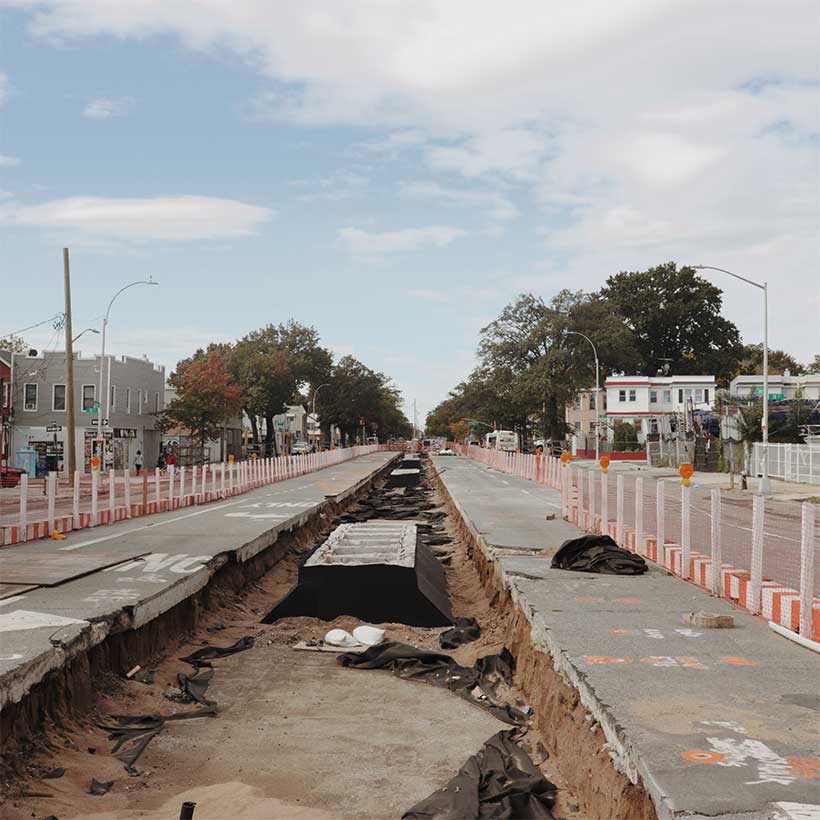Greener Corridors Part 5: Ten Ideas for New York City Stroads
How cities are remaking their major street corridors and what New York City can learn from their efforts
The past several years have shown that there is a growing appetite for change at the local, state, and even national levels when it comes to the role of urban arterials. New York City now has more than half a dozen ambitious arterial transformations underway that were initiated by community members, business improvement districts, and local elected officials—a departure from the more centralized City-led efforts of the past. These projects are key to achieving City and State policy goals to reduce vehicular emissions, improve public safety, increase mixed-income housing, and expand the urban forest. They also have the potential to be models for cities around the country that are weighing the future of their own arterials.
However, to achieve the level of change that’s needed to address rapidly escalating climate, affordability, and quality of life issues, New York City must employ a number of strategies, including community-informed comprehensive planning, the pairing of land use and zoning changes with major streetscape capital improvements, and tools for leveraging private land for greening. New funding streams and maintenance plans are necessary for long-term success, as is a strong collaborative relationship with the communities that navigate these roads in their everyday lives.
The final article in the Greener Corridors series features 10 innovative examples that New York City can learn from in its quest to make its largest streets greener and more livable. Each is organized according to one of five themes:
- Developing Comprehensive Visions
- Prioritizing Multi-mobility and Connectivity
- Leveraging Public & Private Property
- Supporting Maintenance
- Fostering Civic Engagement & Social Resilience
While many are located thousands of miles away—in Europe and South America—other inspiring efforts come from just beyond the city’s border.
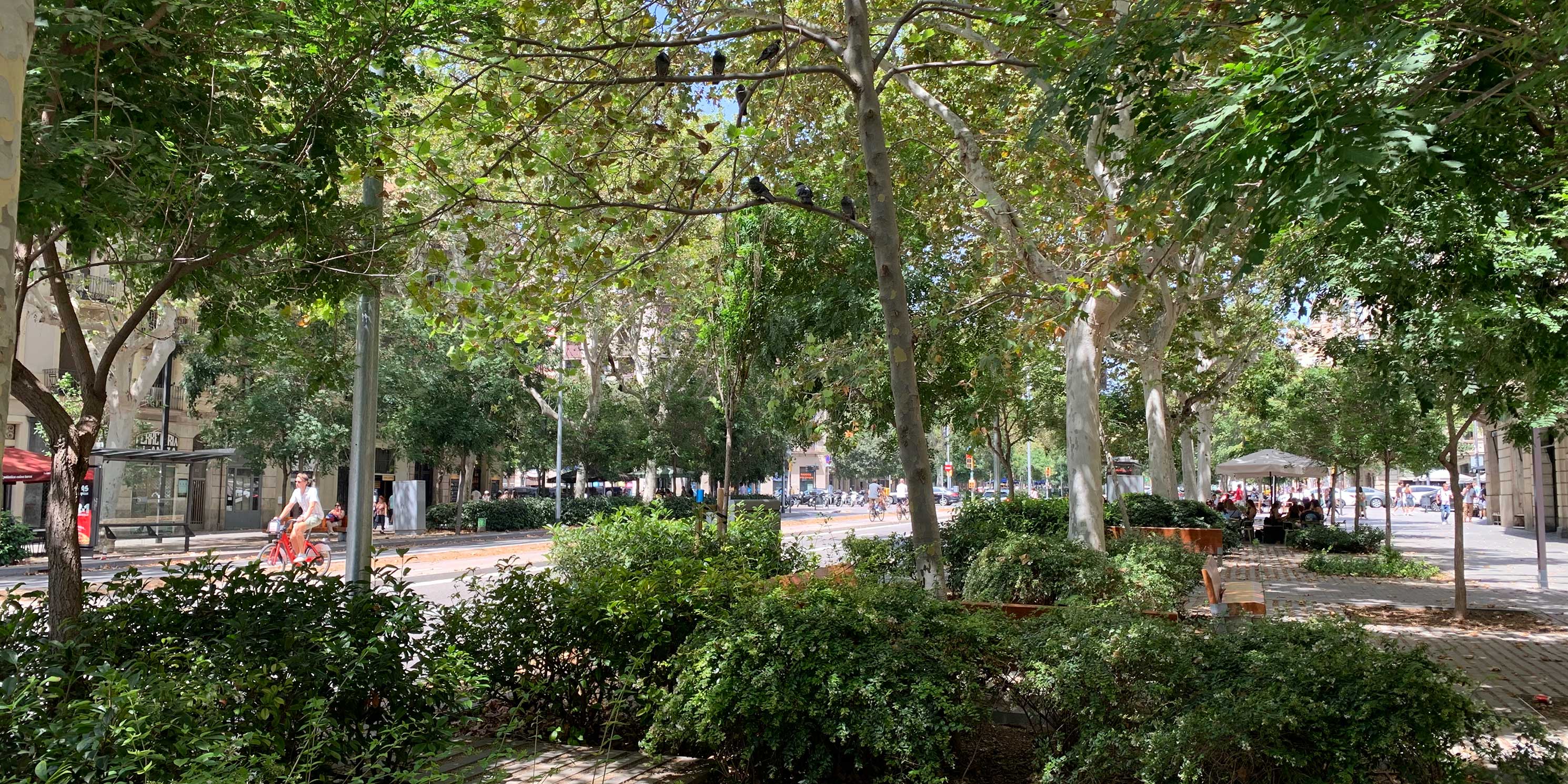
Taken together, these 10 case studies demonstrate the need for a community-driven, citywide corridor vision plan that prioritizes multi-mobility and connectivity and underscores the increased resources needed to build and maintain more ambitious street redesigns.
Project Team: Stephen Albonesi, Rawnak Zaman, Max Scott.
